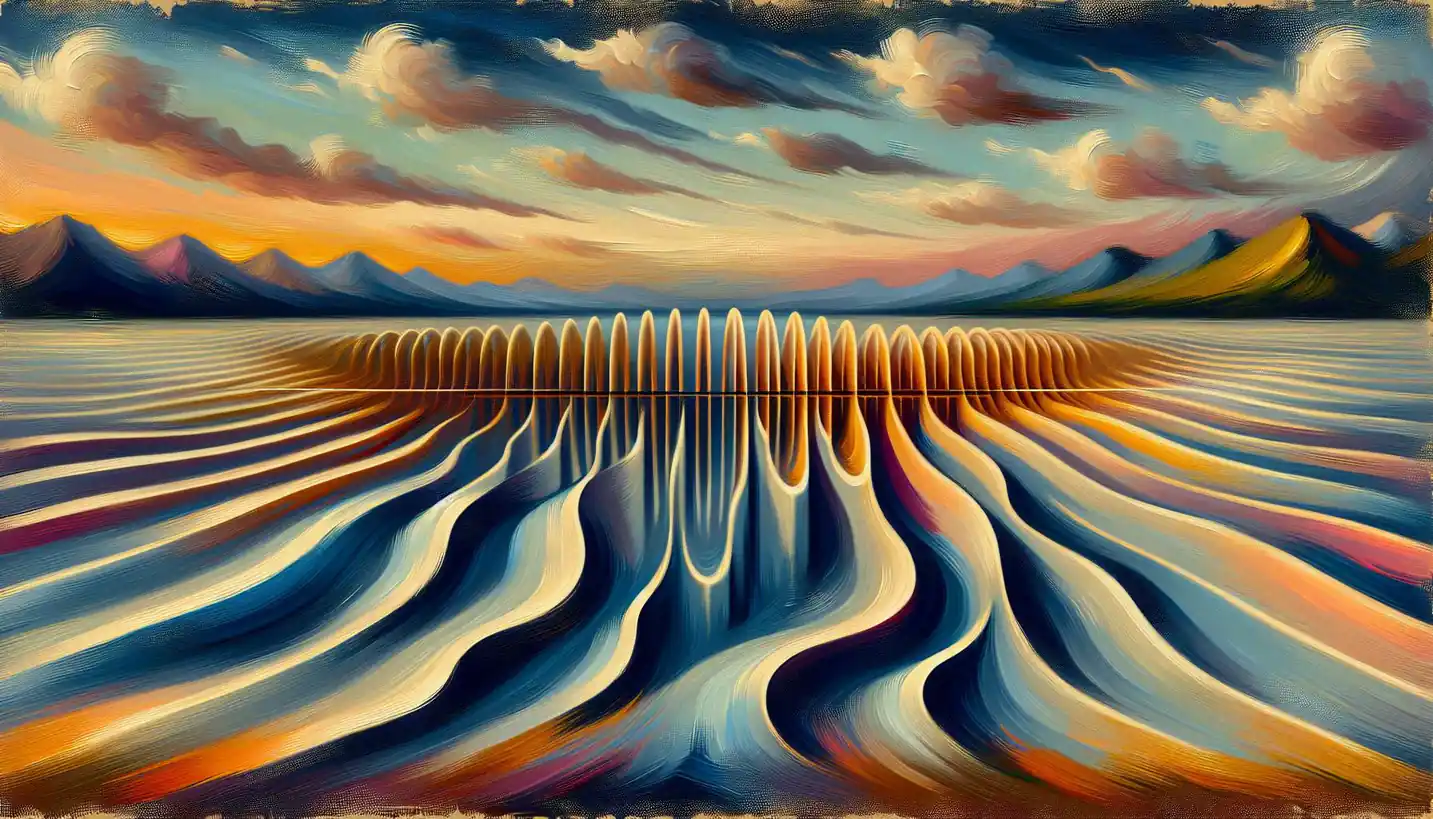· Physics · 3 min read
Contrast Agents: Illuminating the Invisible in Medical Physics
Contrast agents make invisible areas visible, aiding significantly in medical diagnostics. Explore their essential role in enhancing imaging techniques.

Walking into a hospital, you probably expect doctors to use impressive tools to see inside our bodies—without making a single cut. But how do they do it? One of the unsung heroes that help in this medical magic are contrast agents!
What Are Contrast Agents?
At the heart of diagnostic imaging, like MRI or CT scans, lie contrast agents. They’re like special highlighters that help doctors spot issues inside our bodies. Without them, many areas would blend in too smoothly to the scans, just like trying to spot a chameleon on a leaf.
Imagine you’re at a theme park, and your friend is wearing a bright, flashy shirt that stands out. It makes it easier for you to spot them in a crowd. That’s exactly what contrast agents do. They make specific parts of your body, like blood vessels or organs, stand out so doctors can see them clearly.
How Do Contrast Agents Work?
Contrast agents work by altering how imaging scanner machines, like MRI or CT, perceive your body. For instance, in a CT scan, X-rays pass through your body. A contrast agent absorbs these X-rays differently than your body’s tissue, allowing certain areas to show up clearly.
CT vs. MRI Contrast Agents
In CT scans, iodine-based agents are commonly used. They circulate through your bloodstream and highlight areas like blood vessels and digestive systems. On MRI scans, agents based on gadolinium are favored. These contrast agents alter the magnetic properties of nearby hydrogen atoms, thereby enhancing the imaging of blood vessels and soft tissues.
Types of Contrast Agents
There are several types:
Iodine-based Agents: Predominantly used in CT scans, they are excellent for visualizing blood vessels and detecting blockages.
Gadolinium-based Agents: Most often used in MRI scans, they provide detailed images of soft tissues.
Barium-sulfate: Usually employed in X-ray examinations of the gastrointestinal tract. You might have heard of a “barium meal,” which helps highlight areas in the stomach and intestines.
Why Are They Important?
Contrast agents are crucial because they improve the accuracy of the diagnosis. Imagine reading a book where the important words appear faintly. Contrast agents make those words bold, improving the clarity and making it easier to understand what’s happening in our bodies.
Safety and Side Effects
You might wonder, are these agents safe? Generally, yes. They are designed to be processed by your body and removed, usually through urine. However, some people might experience mild allergic reactions, like itching or a rash. Severe reactions are rare but possible, which is why medical professionals always take precautions.
Innovations in Contrast Agents
The field of contrast agents is always evolving. Researchers are working on developing agents that specifically target areas affected by diseases. This level of specificity could revolutionize how we detect and treat illnesses.
Future of Contrast Agents
Now, what does the future hold? Imagine a world where contrast agents not only highlight problems but also deliver treatment directly to affected areas. This is the future many scientists are working towards—a combination of diagnosis and treatment, known as theranostics. Exciting, right?
Conclusion
From providing clarity in complex medical images to potentially revolutionizing the way diseases are diagnosed and treated, contrast agents play an indispensable role in modern medicine. The next time you hear about someone going for a scan, you’ll know about the tiny but mighty agents at work behind the scenes, making it all possible.



